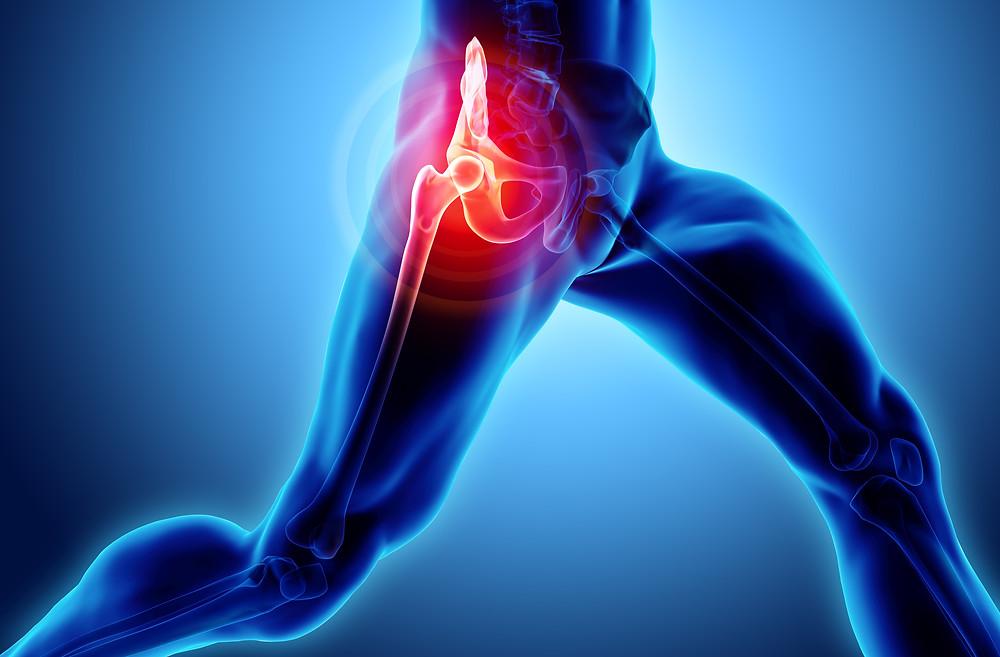Who develops arthritis?
• Primary osteoarthritis typically affects people over 50 years of age and above, but nowadays it is commonly seen at younger ages also.
• It is more common in persons who are overweight or obese, or suffering from Rheumatoid arthritis or Ankylosing spondylitis. In some patients arthritis tends to run in families and can be genetic.
• Other factors that can contribute to developing arthritis include injuries (Acetabulum fracture or after fracture neck of femur), developmental abnormalities like dysplastic hip and Perthe’s disease
What are the treatment options available for arthritis?
• Conservative treatment does not play a significant role in management of hip arthritis, once it has set in.
• Initial treatment includes medications for pain relief, weight control and physical therapy.
• If other options don’t work to produce satisfactory response, one should consider hip replacement.
Indications for total hip or knee replacement
Total hip arthroplasty is usually indicated in secondary osteoarthritis (trauma, septic or tubercular arthritis, avascular necrosis of hip, Perthes, DDH), Total knee in primary /secondary osteoarthritis and inflammatory arthritis (rheumatoid, ankylosing arthritis, seronegative or psoriatic arthritis):
• Progressive original joint pathology despite conservative measures
• Pain and limitations of function affecting quality of life
• Rest or night pain
• Stiff hips /knee joint
• Severe unacceptable deformity.
Absolute Contraindications
Recent or current hip or distant infection, medically unfit patient.
Relative Contraindications
• Deficient or absent abductors /extensor mechanism function
• Neuropathic joint
• Progressive neurological disease

